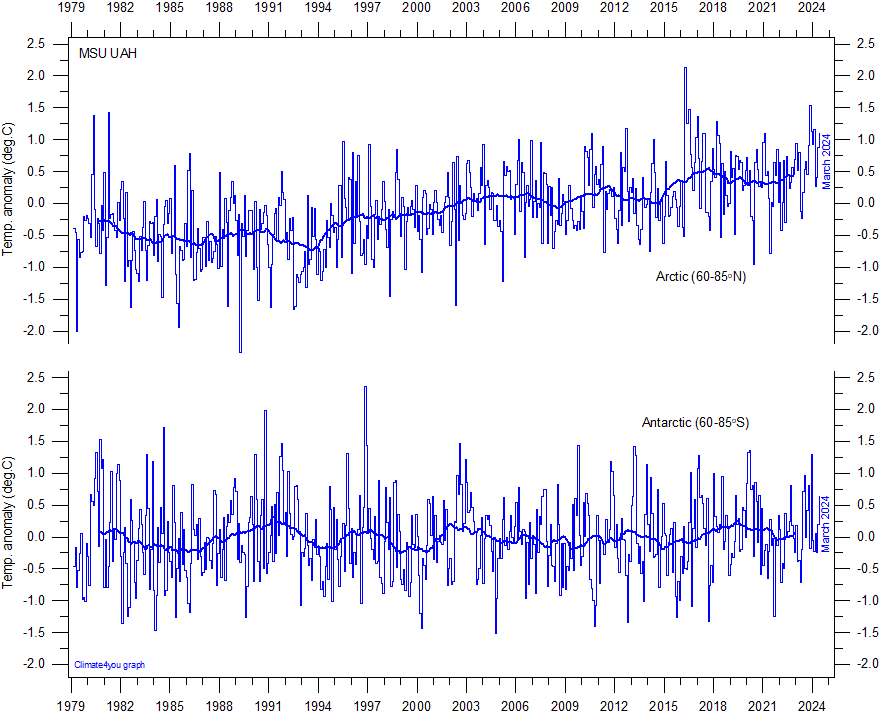McCain Mocks Spending For Astronomy
John McCain, a man so inept his wife has to scan the internet for him, has a Twitter account, which he uses to promote his political agenda, (I suspect one of his aides makes the entries).
Among other things, McCain has been twittering about pork in the congressional theft "economic stimulus" bill. Now, I'm against pork--which makes up the vast majority of that bill--but look at what McCain sees as the number 2 porker:
#2. $2 million “for the promotion of astronomy” in Hawaii - because nothing says new jobs for average Americans like investing in astronomy
What?
Let's see... McCain represents Arizona... Okay, take a gander at this page:
The Economic Impact of Astronomy, Planetary and Space Science Research in Arizona
Quoting from that page:
Research in Astronomy, Planetary Sciences and Space Sciences is a core strength of Arizona’s economy.
According to the economic analysis contained in the report, in 2006 alone, research in astronomy and space and planetary sciences provided over a $250 million in economic impact to Arizona. To put that in perspective, that is the equivalent of the economic impact of the Super Bowl every two years.
Arizona, like most of the nation, is facing an uncertain economic future in the near term. But one thing is not uncertain and that is the importance of astronomy, space and planetary research to Arizona’s economy.
There are real threats that will diminish the economic contributions of research in these fields. Immediate and decisive action must be taken so that will continue to realize the economic benefit of astronomy and space and planetary sciences.
So. Astronomy brings over a quarter-of-a-billion dollars into his own state every year, but McCain thinks spending 0.000049% of the Pork Bill to promote astronomy in Hawaii is a bad idea?
Well, what’s so special about astronomy in Hawaii?
Hawaii is Earth's connecting point to the rest of the Universe. The summit of Mauna Kea on the Island of Hawaii hosts the world's largest astronomical observatory, with telescopes operated by astronomers from eleven countries. The combined light-gathering power of the telescopes on Mauna Kea is fifteen times greater than that of the Palomar telescope in California -- for many years the world's largest -- and sixty times greater than that of the Hubble Space Telescope.
There are currently thirteen working telescopes near the summit of Mauna Kea. Nine of them are for optical and infrared astronomy, three of them are for submillimeter wavelength astronomy and one is for radio astronomy. They include the largest optical/infrared telescopes in the world (the Keck telescopes), the largest dedicated infrared telescope (UKIRT) and the largest submillimeter telescope in the world (the JCMT). The westernmost antenna of the Very Long Baseline Array (VLBA) is situated at a lower altitude two miles from the summit.
Mauna Kea is unique as an astronomical observing site. The atmosphere above the mountain is extremely dry -- which is important in measuring infrared and submillimeter radiation from celestial sources - and cloud-free, so that the proportion of clear nights is among the highest in the world. The exceptional stability of the atmosphere above Mauna Kea permits more detailed studies than are possible elsewhere, while its distance from city lights and a strong island-wide lighting ordinance ensure an extremely dark sky, allowing observation of the faintest galaxies that lie at the very edge of the observable Universe. A tropical inversion cloud layer about 600 meters (2,000 ft) thick, well below the summit, isolates the upper atmosphere from the lower moist maritime air and ensures that the summit skies are pure, dry, and free from atmospheric pollutants.
To quote the 2006 Report on long-term development of observatory sites on the summit of Mauna Kea:
Astronomy facilities on Mauna Kea and Haleakala represent a capital investment of close to $1 billion. The economic impact of astronomy to the State [of Hawaii] amounts to $150 million per year. New projects for Haleakala and Mauna Kea have the potential to double these numbers.
As of 2006, $150 million and the potential to bring over $300 million to the State of Hawaii every year? Maybe that’s just chump change to a man who didn’t even know how many houses he owned until a journalist told him.











No comments:
Post a Comment